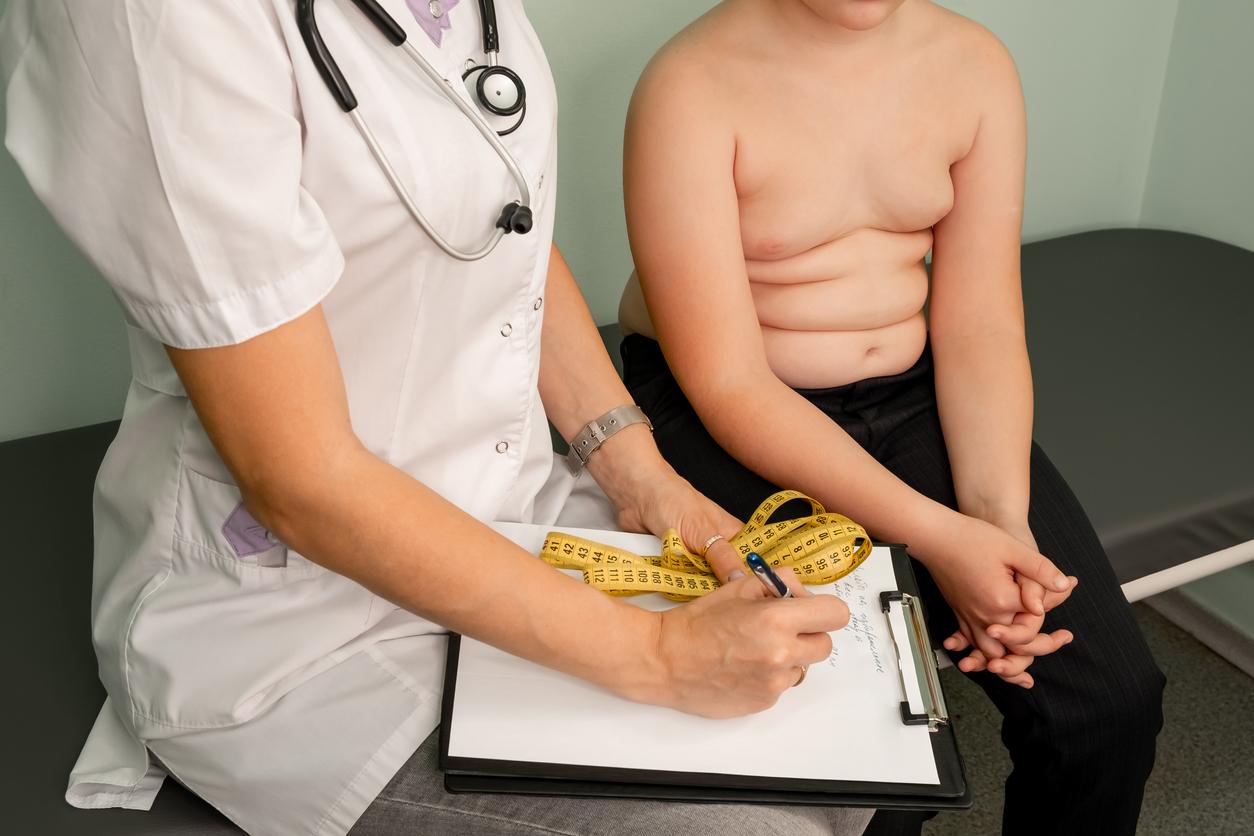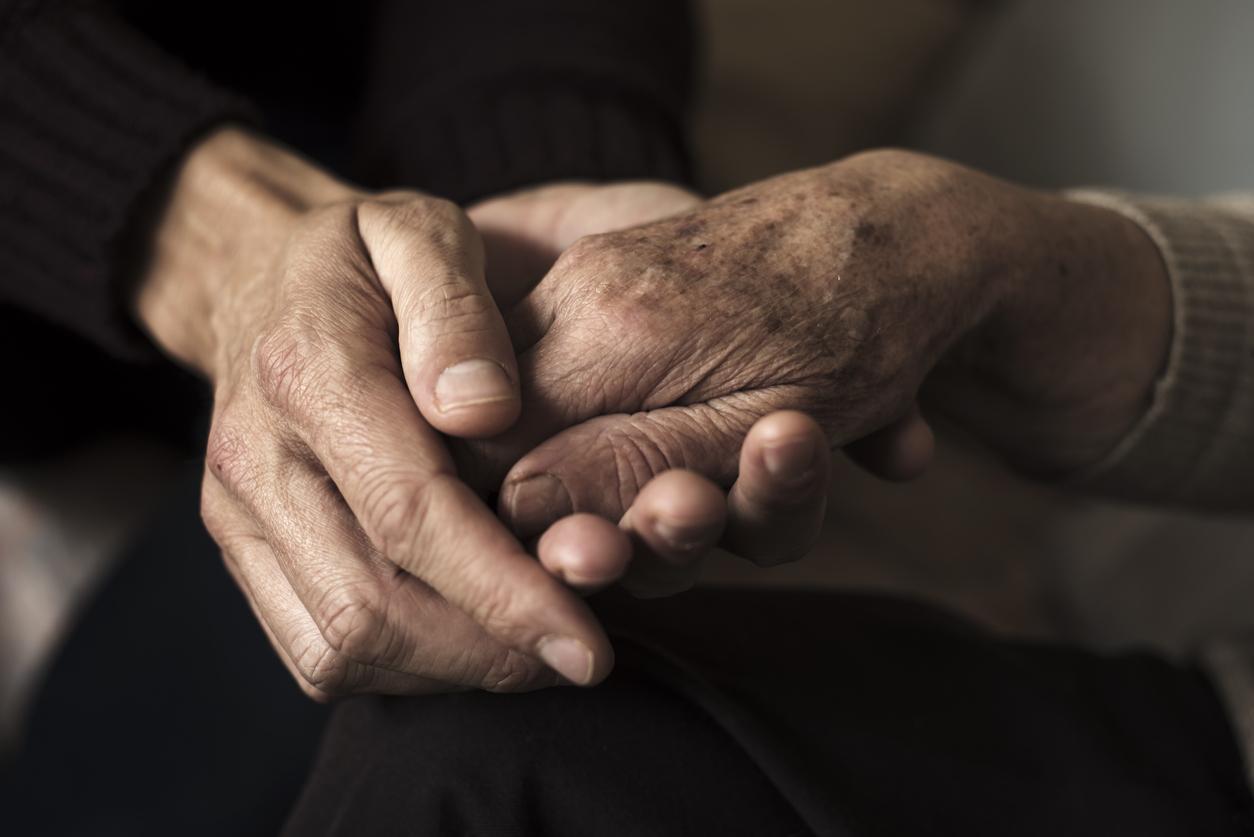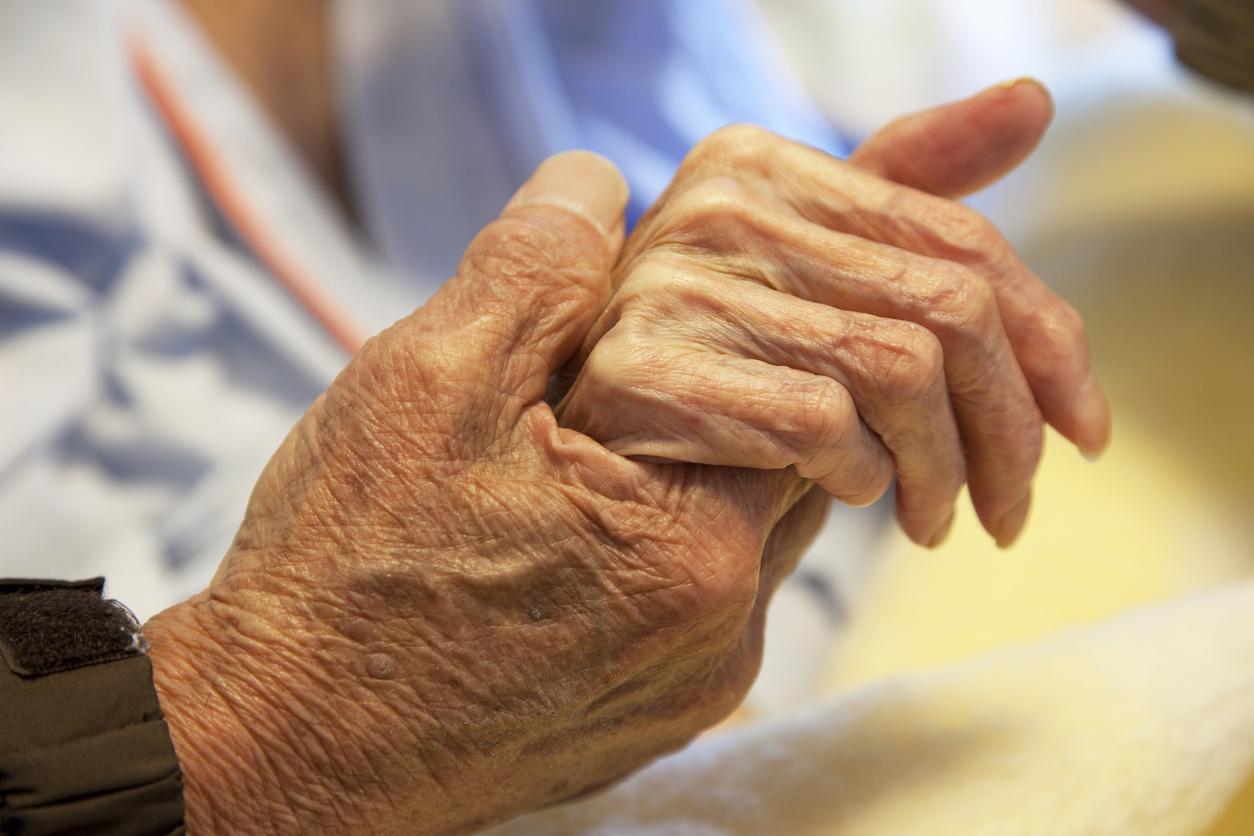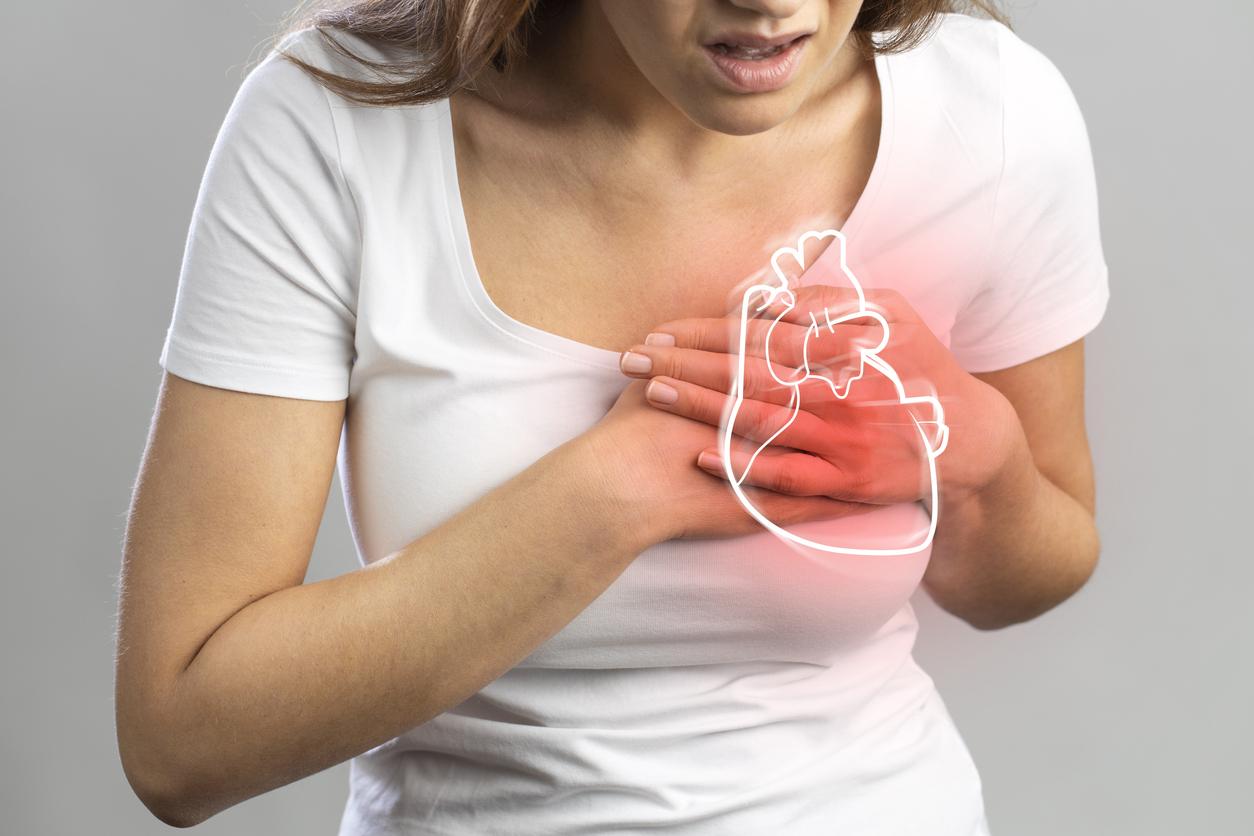The first defibrillator designed and designed for individuals arrives in France in a large retail chain, in order to improve the management of cardiac arrests in France. The opportunity to recall how this first aid tool works.

- Anyone, even a non-doctor, is authorized to use an Automated External Defibrillator (AED).
- The AED is installed in a location that is visible to the public and permanently easy to access to minimize the time taken to treat a cardiac arrest.
While in France, between 40,000 and 50,000 people are victims each year of sudden death due to lack of electric shock, a distribution sign announces the arrival of the first defibrillator designed and designed for individuals.
In many cases of cardiac arrest, the heart continues to beat, but the rhythm of the beats is so abnormal that its contractions can no longer assume the function of blood pump: this is fibrillation. This fibrillation can be corrected by means of a defibrillator, which analyzes the heart rhythm of the victim, before administering, if necessary, an electric shock.. “The chances of survival increase if cardiopulmonary resuscitation and defibrillation are undertaken within the first few minutes after cardiac arrest”, says the Red Cross.
How to use a defibrillator?
Here is how to use a defibrillator:
– as soon as it is available, turn on the derillator.
– Uncover the victim’s chest and place the electrodes according to the instructions on the packaging or on the electrodes themselves.
– Make sure no one is touching the victim when the derillator is analyzing the victim’s heartbeat.
– If an electric shock must be administered, ensure that no one touches the victim. Press the button if prompted. A fully automatic defibrillator will deliver the shock without your intervention.
– If the defibrillator prompts you to perform chest compressions, do so immediately. Alternate 30 compressions and 2 breaths.
– Continue resuscitation until emergency responders arrive and continue resuscitation, or the victim resumes normal breathing.
– Do not turn off the defibrillator and leave the electrodes in place on the victim’s chest. If she remains unconscious but is breathing normally, place her on her side in the Lateral Recovery Position (PLS).
What are the symptoms of a heart attack?
Most warning signs of a heart attack are the same for men and women. A person having a heart attack may experience the following symptoms:
– Chest pain, which may be accompanied by sensations: tightness, discomfort, crushing pain, heaviness, pressure, compression, bloating, burning.
– Pain that radiates, which may spread: from the chest, up and down one or both arms, to the neck, jaw or shoulders.
– Shortness of breath.
– Paleness, sweating and general weakness.
– Nausea, vomiting and sometimes indigestion.
– Fear and anxiety.

.















